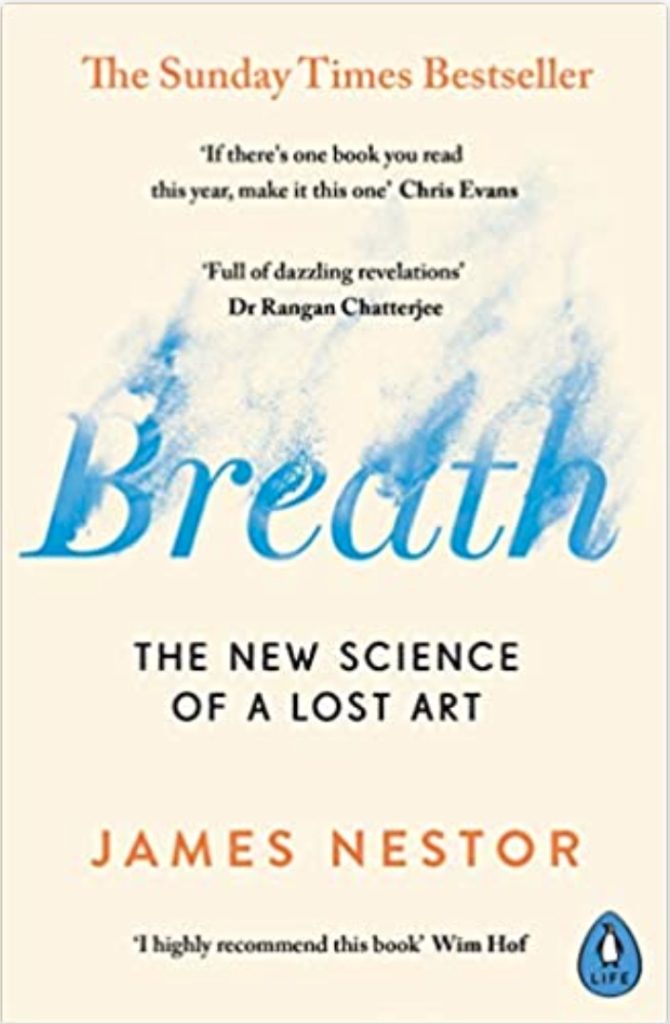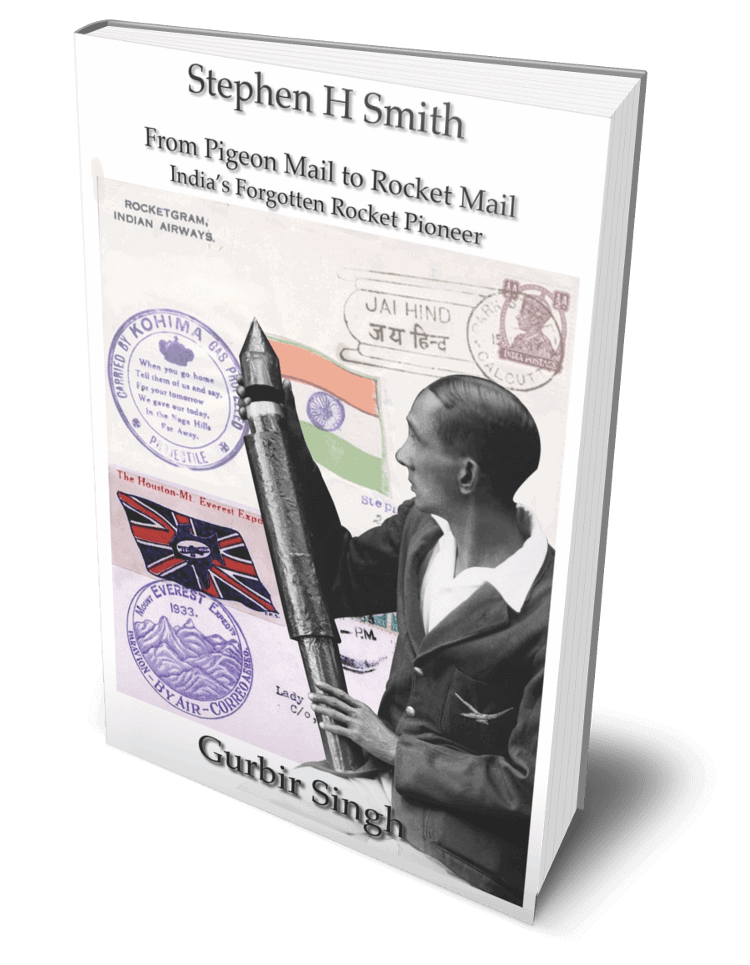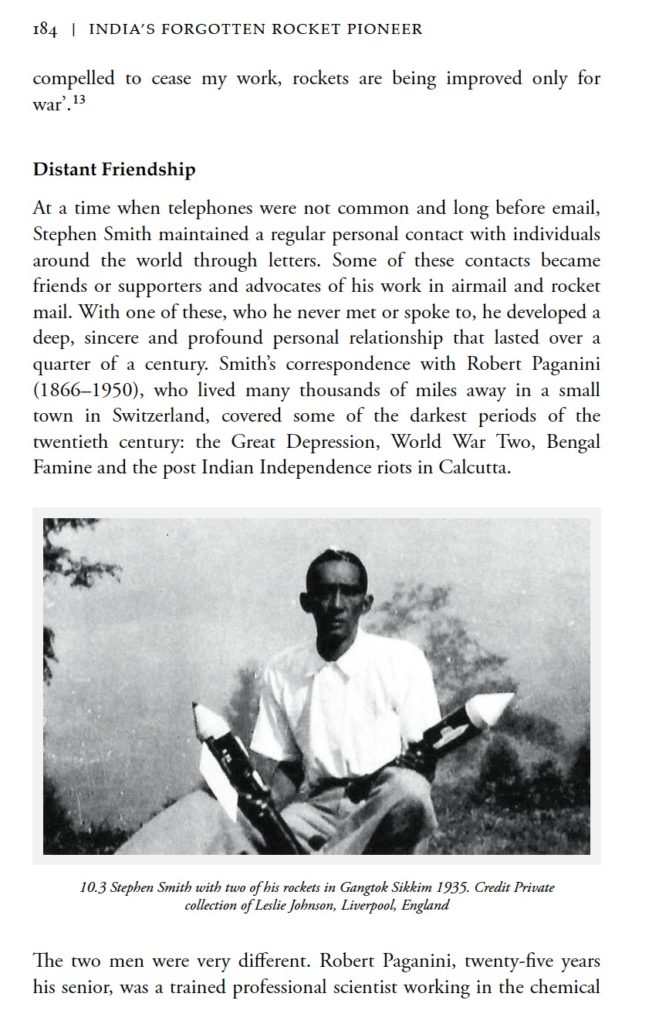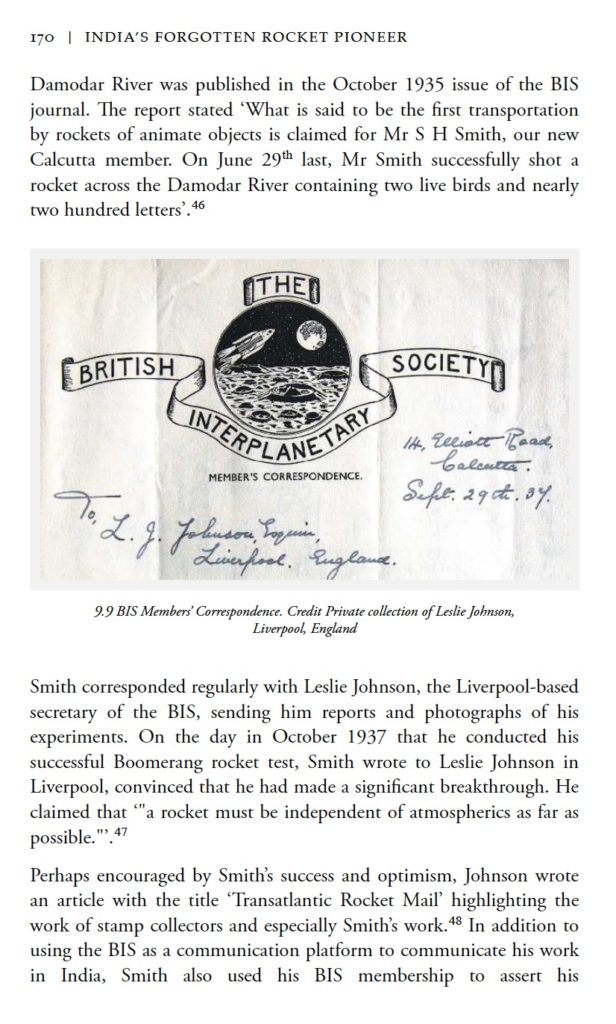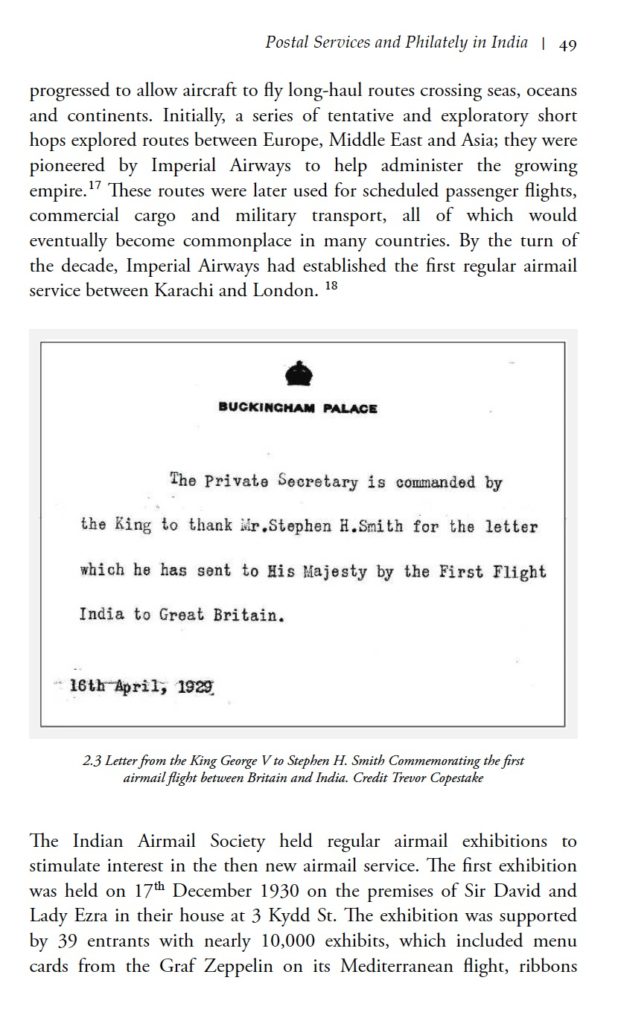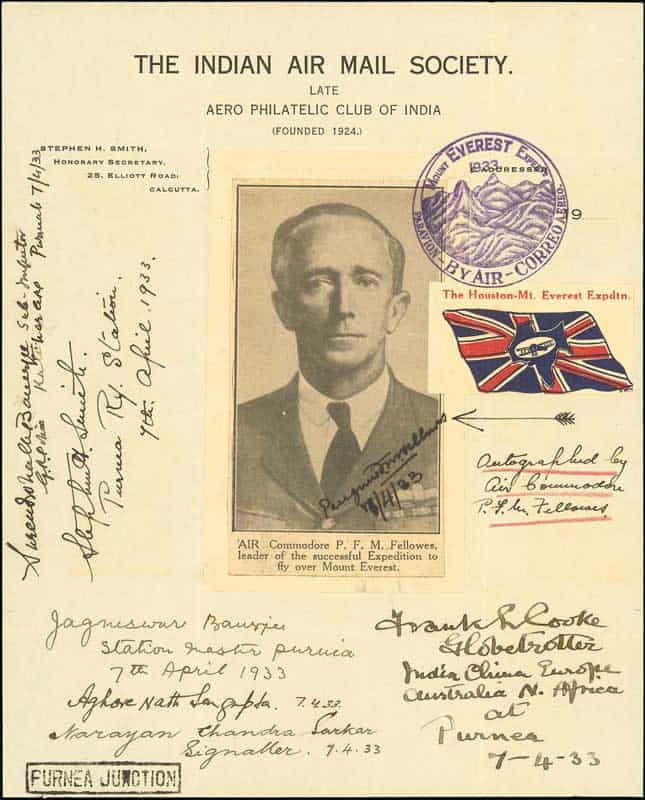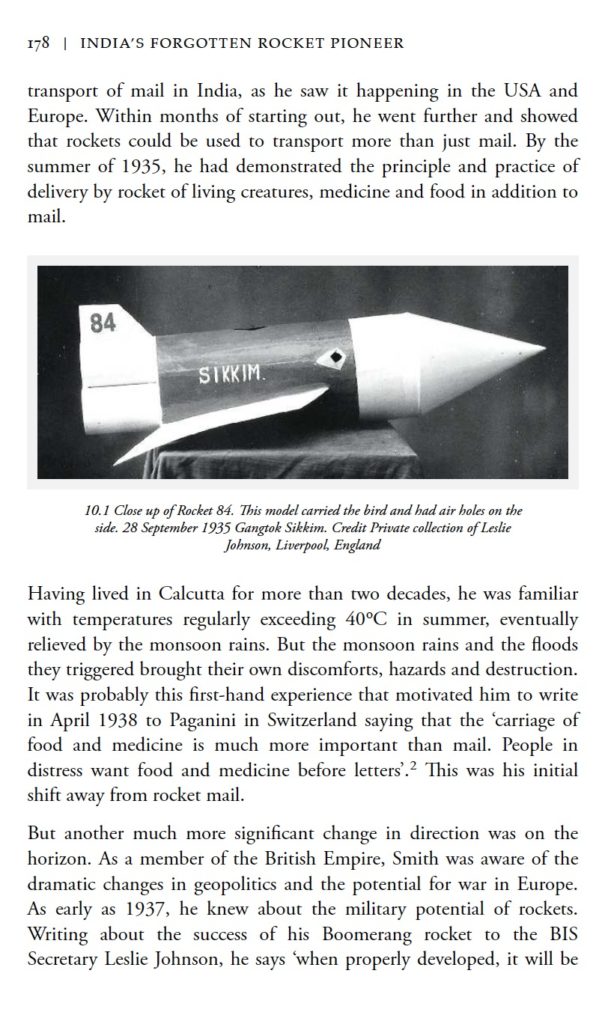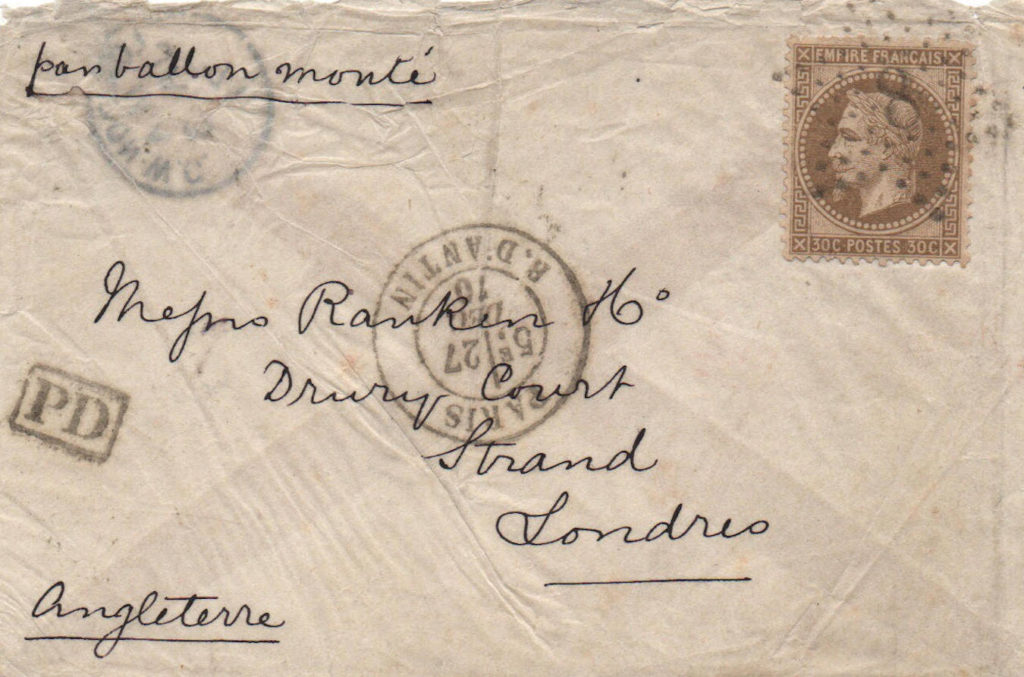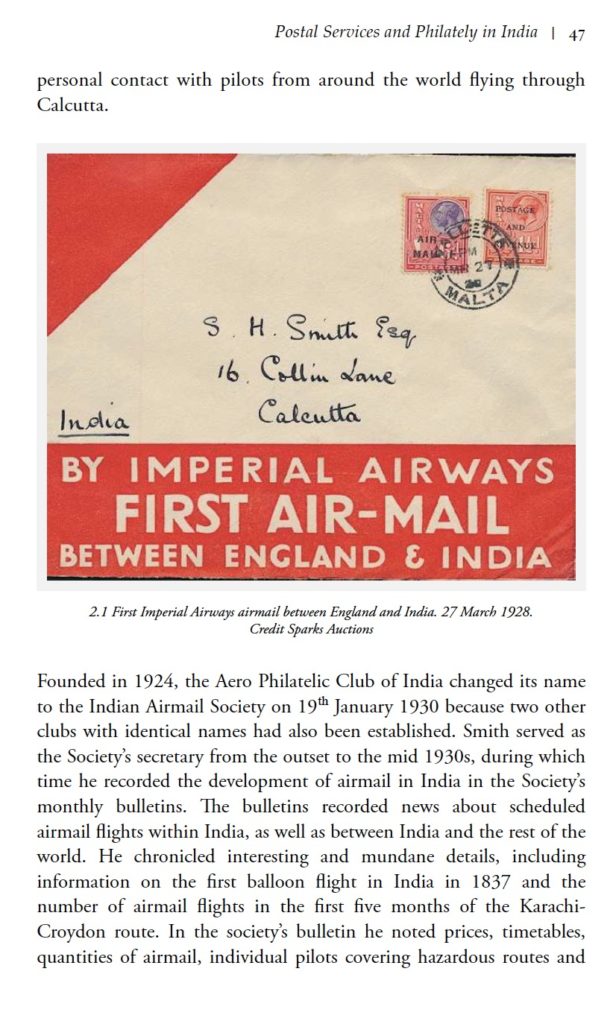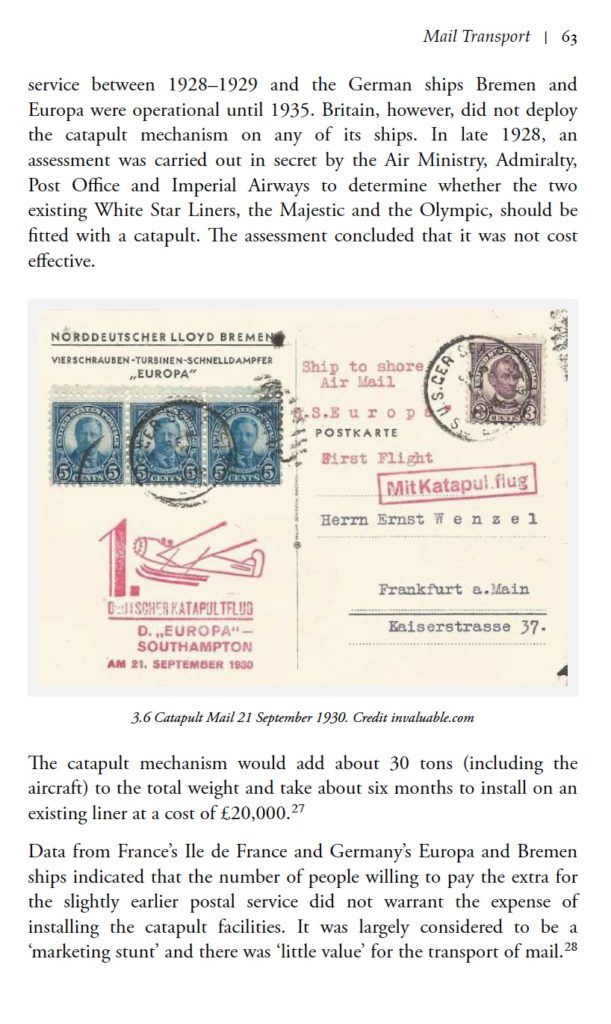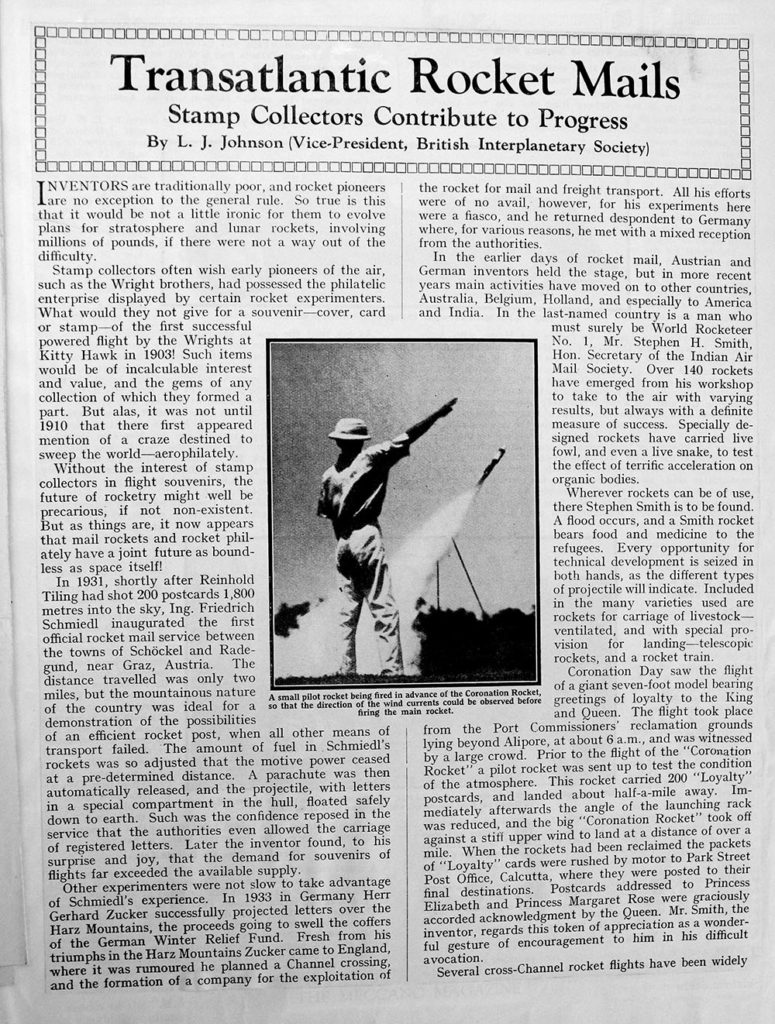Publisher : Penguin Life (8 July 2021)
Language : English
Paperback : 304 pages
ISBN-10 : 0241289122
ISBN-13 : 978-0241289129
Occasionally, a book comes along that changes how you live. This is one of those. It is concerned with something we all do, all day, every day. Breath. The central thesis of the book is breathing should not be a passive activity. By understanding and actively engaging in the process of breathing we can live longer healthier lives.
If you don’t want to read the rest of this review – here are the three key takeaways. 1. Breath in through your nose and out through your mouth; 2. Breath slowly – about 5.5 seconds to inhale, 5.5 seconds to exhale 3. Breath slow and breathless.
Still here? Good. How much or little benefit each one of us can expect depends on many personal factors. I used to struggle to sleep soundly. A very easy and quick way to assess the impact of nose breathing is to tape your mouth shut when you sleep. It works for me. The author even suggests a surgical tape for the job. But I am not there yet. I still need that reminder from my yoga teacher to “remember to breathe”. Sounds incredible – but I do forget.
The book is written with the wit and style of a thriller. In the 304 pages, he describes why the three principles above (and much more) work. There are some eye-opening statistics on human breathing. The lungs have a capacity of about 5 liters, but our lazy breathing habits seldom take advantage. Typically in each breath, we make use of about a quarter of the oxygen, the rest is exhaled. That is why mouth-to-mouth resuscitation can work. Once the oxygen is in the blood, the heart passes all the blood around the body in one minute. An incredible 9000 litres per day. Just as we eat too much – we breath too much 12-20 breaths instead of about 6 per minute.
The author describes his own breathing difficulties and his journey to address them. The book is his story of 9 years of research in writing the book. He does not do it all sitting at his desk. He describes weeks-long experiments participating in breathing workshops, meeting medically and non-medically qualified individuals with sharp personal insights on the process of breathing. Visiting universities in the US, understanding the remarkable lung capacity of freedivers in Greece, and the catacombs in Paris to see how the cavity of the human mouth has evolved over hundreds of years.
Many modern discoveries in breathing are actually rediscoveries. Spookily much of the data in modern research is consistent with ancient yoga and religious traditions. Much of what is being revealed by modern research was known in the past. Katharina Schroth from Dresden who suffered from scoliosis as a teenager “breathed her spine straight”. George Caitlin collected data on the benefits of nose breathing over three decades by living with the nomadic Native American communities. In 1860, he published his book “Breath of Life”. Dentist, Norman Kingsley built a device in 1859 not to straighten teeth but to force the jaw forward to enhance inhaling. Konstantin Buteyko developed a breathing technique in the Soviet Union that is still practised around the world today.
The range of ailments that good breathing habits and techniques can help with is remarkable. High blood pressure, asthma, migraines, snoring and quality of sleep are not a surprise but scoliosis, erectile dysfunction, eczema, psoriasis, schizophrenia are. The techniques are not just for those suffering maladies. They are used as legitimate forms of performance enhancement by athletes. A new market in breathing techniques, workshops, and gadgets is evolving along with new treatments such as Carbon Dioxide Therapy.
One final bit from the book. A typical lifetime involves 670 million breaths and if you employ some of the techniques in this book, maybe you can tag on a few million more.
Breathing instructional videos are available at the author’s website https://www.mrjamesnestor.com/breathing-videos
